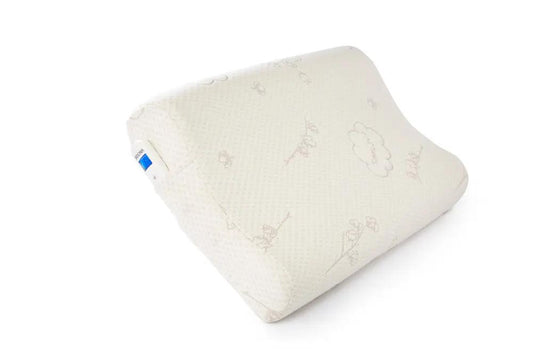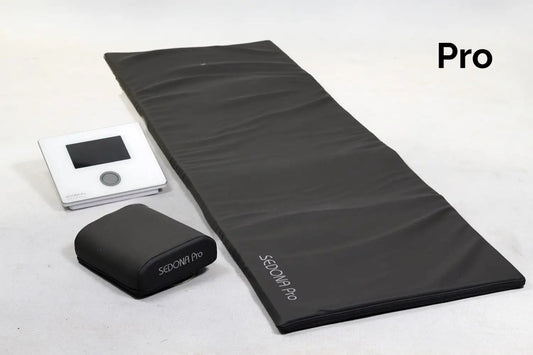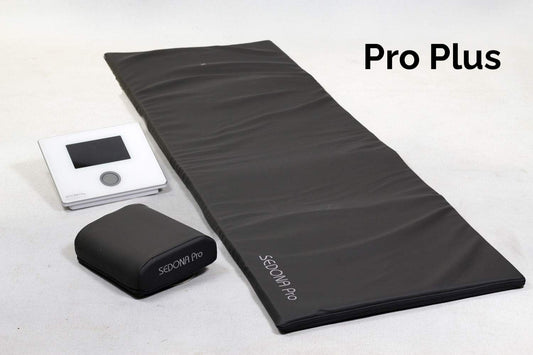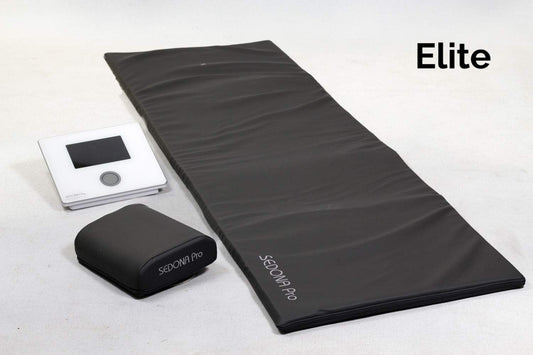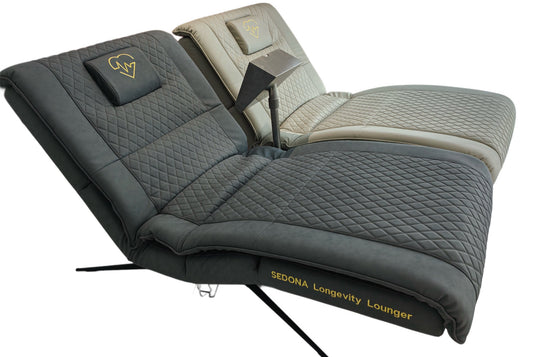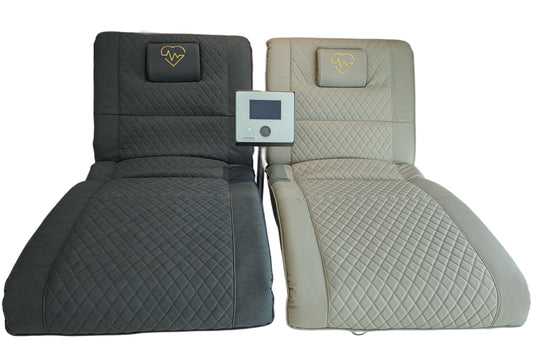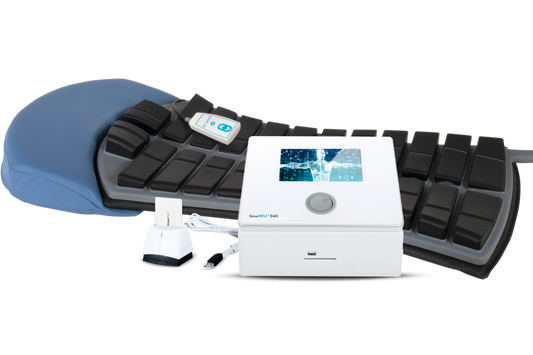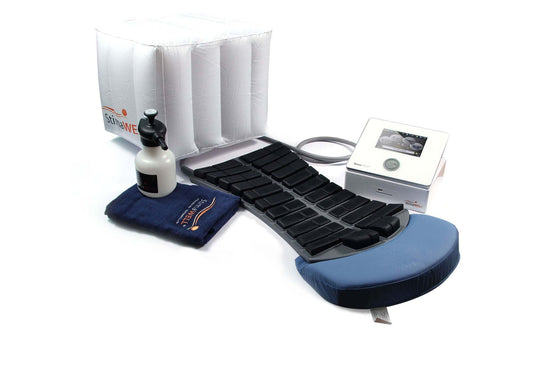
PEMF THERAPY FOR LYME DISEASE
PEMF (Pulsed Electromagnetic Field) therapy offers an innovative approach to managing Lyme disease, a complex illness caused by bacterial infection transmitted through tick bites. This condition can lead to a wide range of symptoms, including fatigue, joint pain, neurological problems, and heart issues. PEMF therapy, delivered through a PEMF mat, can be an effective adjunct treatment, enhancing traditional antibiotic therapies and addressing various Lyme disease symptoms. Here’s a detailed look at how PEMF therapy can aid in the management of Lyme disease and why investing in a PEMF mat could significantly improve health outcomes.
Understanding Lyme Disease and PEMF Therapy
Lyme disease is often treated with antibiotics, but the persistent symptoms can be debilitating even after the initial infection has been addressed. These lingering symptoms, sometimes called "chronic Lyme disease" or "post-treatment Lyme disease syndrome," can be hard to manage. PEMF therapy provides a non-invasive option that supports the body's natural healing processes, potentially helping to alleviate these symptoms.
How PEMF Therapy Helps with Lyme Disease
Reduction of Inflammation:
Inflammation is a key factor in many of Lyme disease’s most challenging symptoms, particularly joint and muscle pain. PEMF therapy helps reduce inflammation by modulating cellular processes that trigger inflammatory responses, potentially relieving pain and discomfort.
Enhancement of Circulation:
Improved blood flow ensures better oxygenation and nutrient delivery to tissues, which is crucial for healing. For Lyme disease sufferers, PEMF therapy can enhance circulation, supporting the recovery of damaged tissues and helping to alleviate symptoms like fatigue.
Stimulation of Immune Response:
PEMF therapy can enhance the body's immune response, potentially helping it to fight off the lingering effects of infection more effectively. This can be particularly beneficial for Lyme disease patients who often suffer from weakened immune systems.
Pain Relief:
PEMF therapy has significant analgesic properties, which can help manage the chronic pain associated with Lyme disease without the need for pharmaceutical painkillers, thus avoiding their side effects.
Promotion of Nerve Regeneration:
Neurological symptoms are common in Lyme disease due to the infection's potential impact on the nervous system. PEMF therapy has been shown to support nerve repair and reduce neurological symptoms by stimulating the regeneration of nerve tissues.
PEMF MAT BENEFITS FOR LYME DISEASE
Our PEMF mat is specifically designed to provide comprehensive therapeutic benefits for individuals dealing with Lyme disease:
Broad Coverage:
The mat’s extensive surface area ensures that electromagnetic fields can target the entire body, offering systemic benefits that are crucial for treating multi-system symptoms like those seen in Lyme disease.
Customizable Settings:
Given the variability in symptoms and severity of Lyme disease, our PEMF mat offers adjustable settings to tailor the therapy to individual needs, maximizing comfort and effectiveness.
Ease of Use:
Designed for convenience, our PEMF mat can be used at home, enabling patients to undergo regular therapy sessions without frequent visits to medical facilities, which is particularly valuable for those dealing with fatigue and mobility issues.
Safety and Comfort:
Constructed from high-quality materials, our mat is safe for prolonged use and designed to provide comfort during therapy sessions, ensuring a positive experience every time.
CONCLUSION
Integrating a PEMF mat into your Lyme disease management strategy can enhance your quality of life by alleviating pain, reducing inflammation, boosting immune function, and supporting tissue repair. This therapy offers a drug-free, non-invasive alternative or supplement to traditional treatments, providing a holistic approach to managing Lyme disease symptoms.
RECOMMENDED PROGRAMS
If you already own one of our PEMF Mats we recommend these programs for Lyme Disease:
-
SEDONA PRO/PRO PLUS PEMF MAT
Relax: 1, 2, 3, 4
Wellness: 1, 2, 3, 4
-
SEDONA ELITE PEMF MAT
Wellness: 1, 2
Longevity: 1
STUDIES
-
Read Study
Harry Hong Ph.D. L.Ac - Pulsed Electromagnetic Field for Lyme Disease and Chronic Infections
-
Read Study
Clinical Trials - PEMF Therapy to Treat Lingering Symptoms of Lyme Disease After Treatment With Antibiotics (PEMF)
SEDONA WELLNESS PRODUCTS
-
SEDONA PEMF FACEMASK
Vendor:Sedona WellnessRegular price $390.00 USDRegular priceUnit price / per -
TIMMYZZZ PEMF PILLOW
Vendor:Sedona WellnessRegular price $390.00 USDRegular priceUnit price / per -
SEDONA PRO PEMF MAT
Vendor:Sedona WellnessRegular price From $5,900.00 USDRegular priceUnit price / per -
SEDONA PRO PLUS PEMF MAT
Vendor:Sedona WellnessRegular price From $6,900.00 USDRegular priceUnit price / per -
SEDONA ELITE PEMF MAT
Vendor:Sedona WellnessRegular price From $7,900.00 USDRegular priceUnit price / per -
SEDONA PEMF CHAIR
Vendor:Sedona WellnessRegular price From $15,900.00 USDRegular priceUnit price / per -
STIMAWELL EMS BACK MAT
Vendor:Sedona WellnessRegular price $16,900.00 USDRegular priceUnit price / per -
LONGEVITY LOUNGER PEMF BED
Vendor:Sedona WellnessRegular price From $21,900.00 USDRegular priceUnit price / per




